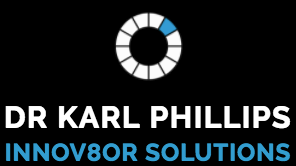Skill
Skill
Process of documenting analysing, tracing, prioritising, and agreeing requirements and then controlling changes
Competency
Competency
Specialist
Competency Level
Competency Level
82%
KNOWLEDGE (THEORIES, IDEAS & CONCEPTS)
Through Professional/Personal Study Gained Through Experience
SKILLS & APPLICATION OF KNOWLEDGE
IN REAL WORLD SITUATIONS
Together with Responsibilities / Accountabilities
SELECTED cHALLENGES & APPROACHES
Together with lessons Learnt
SELECTED ACHIEVEMENTS & SUCCESSES
Together with Any ‘So What’ Statements of Insights
